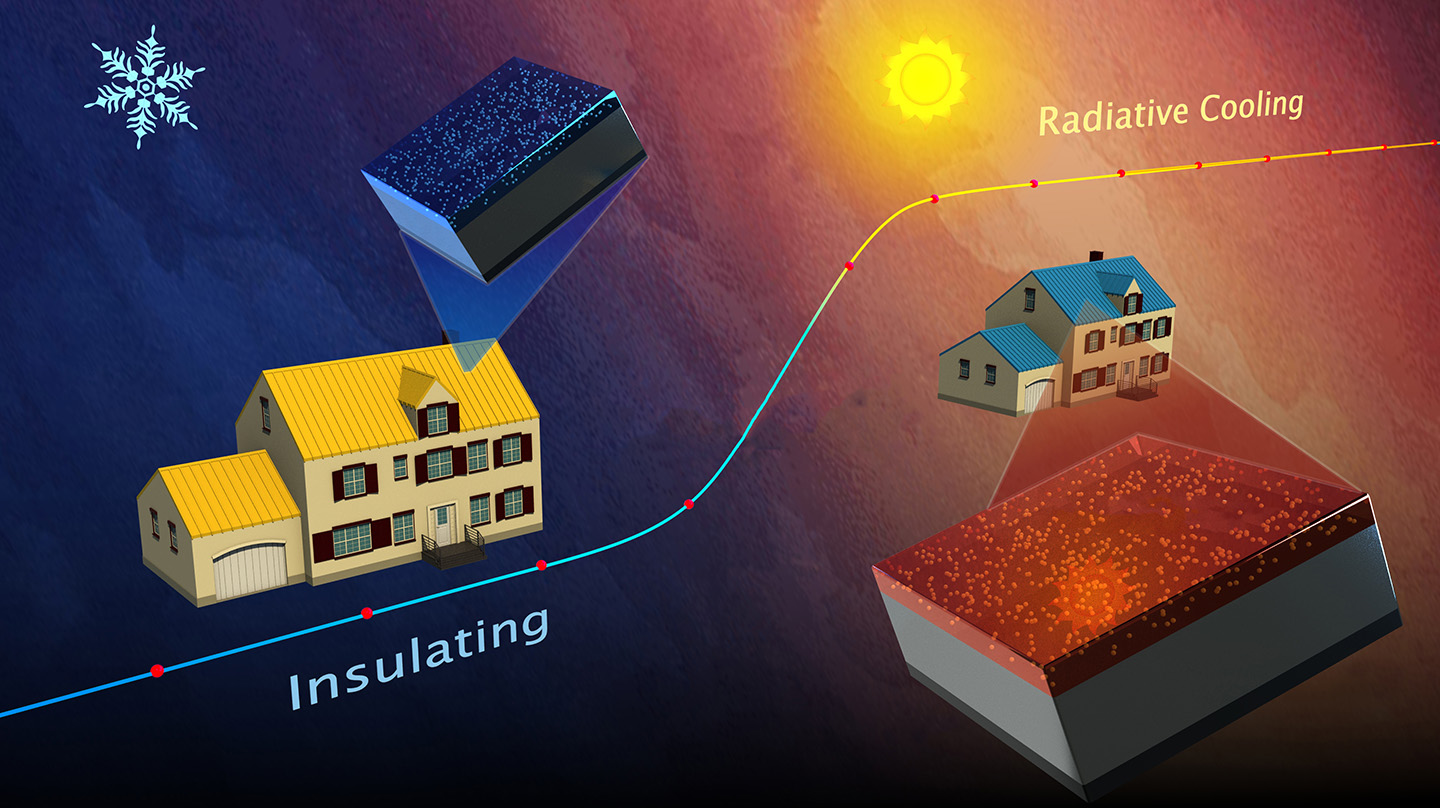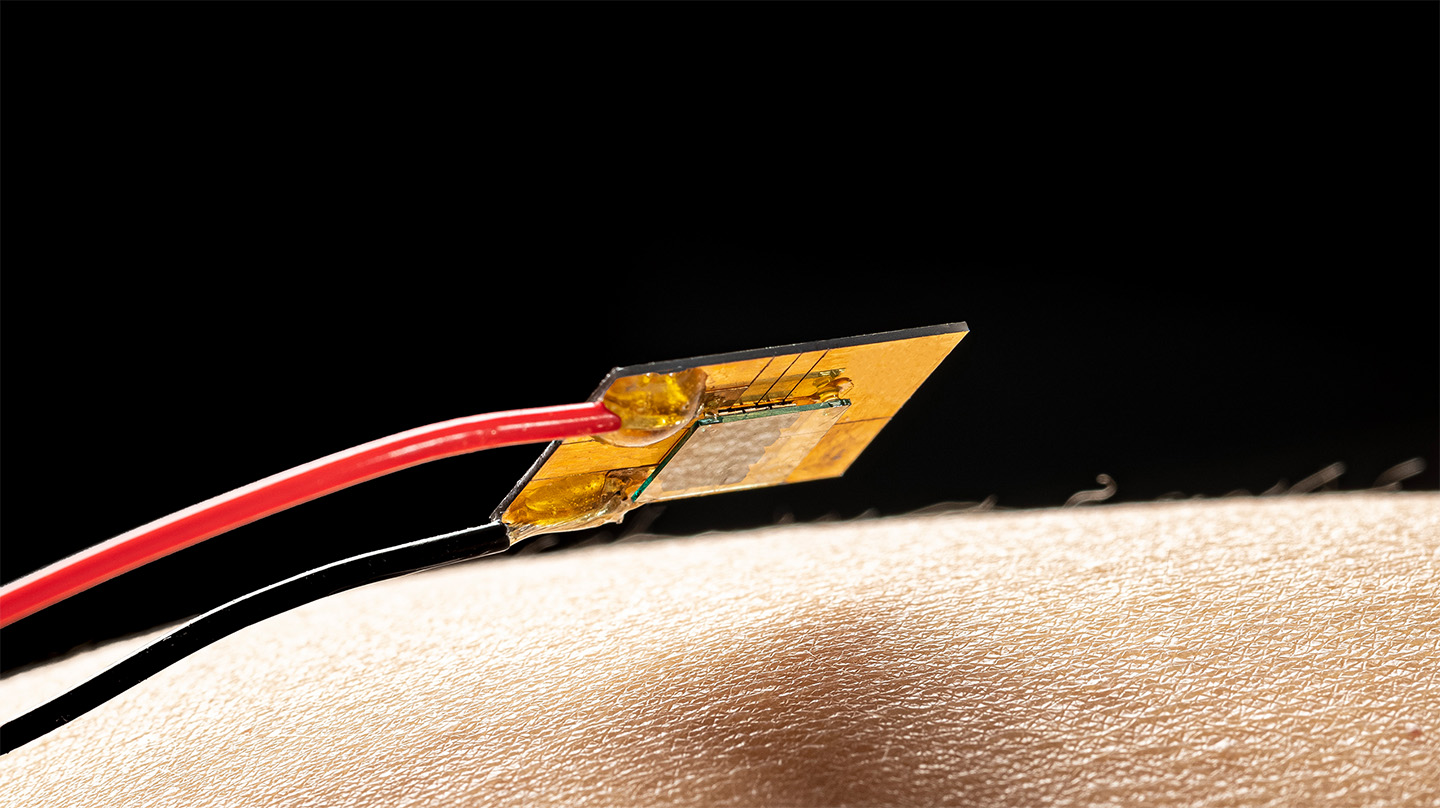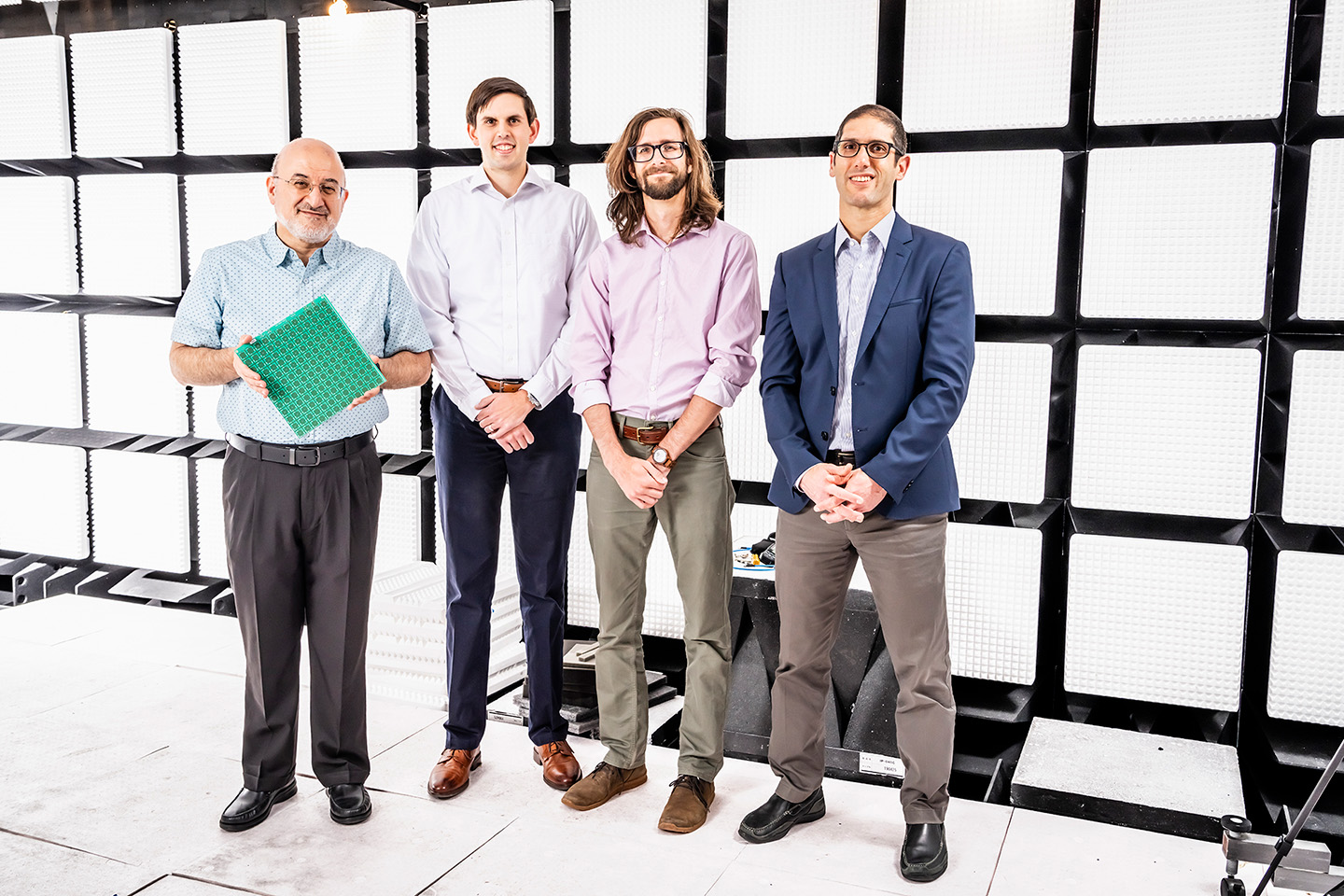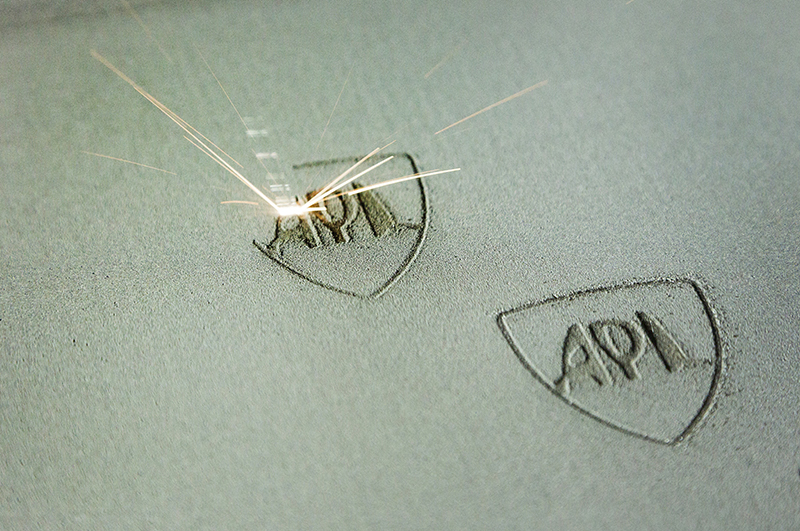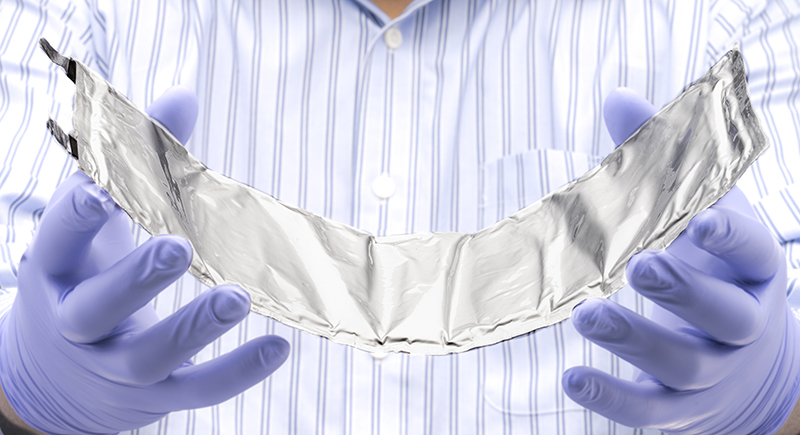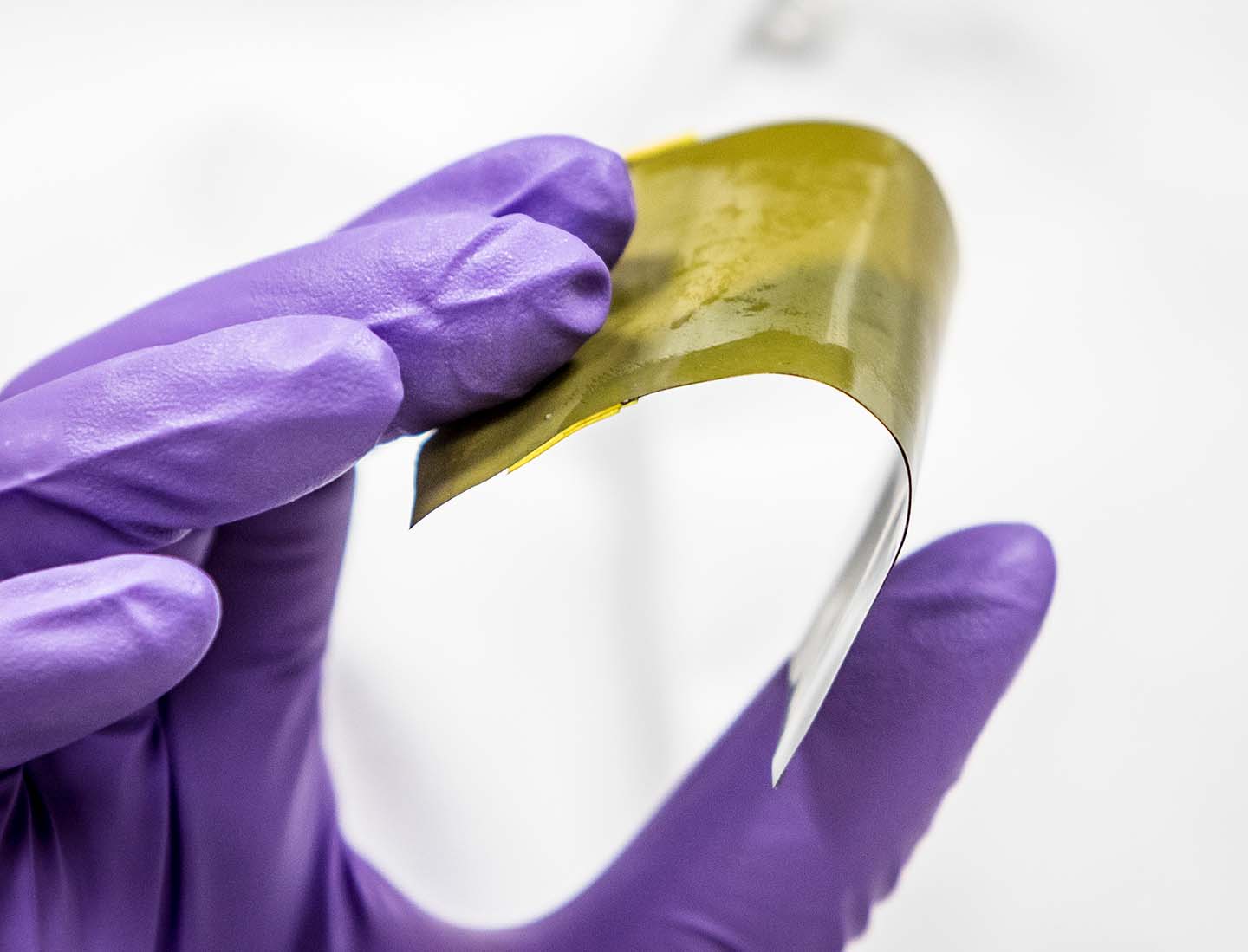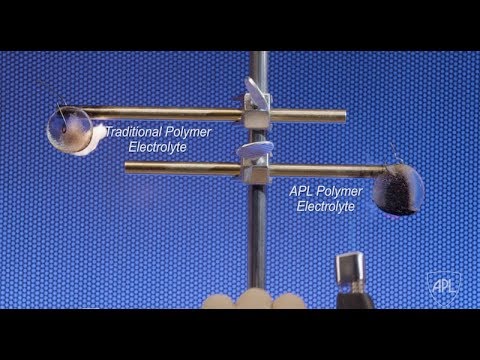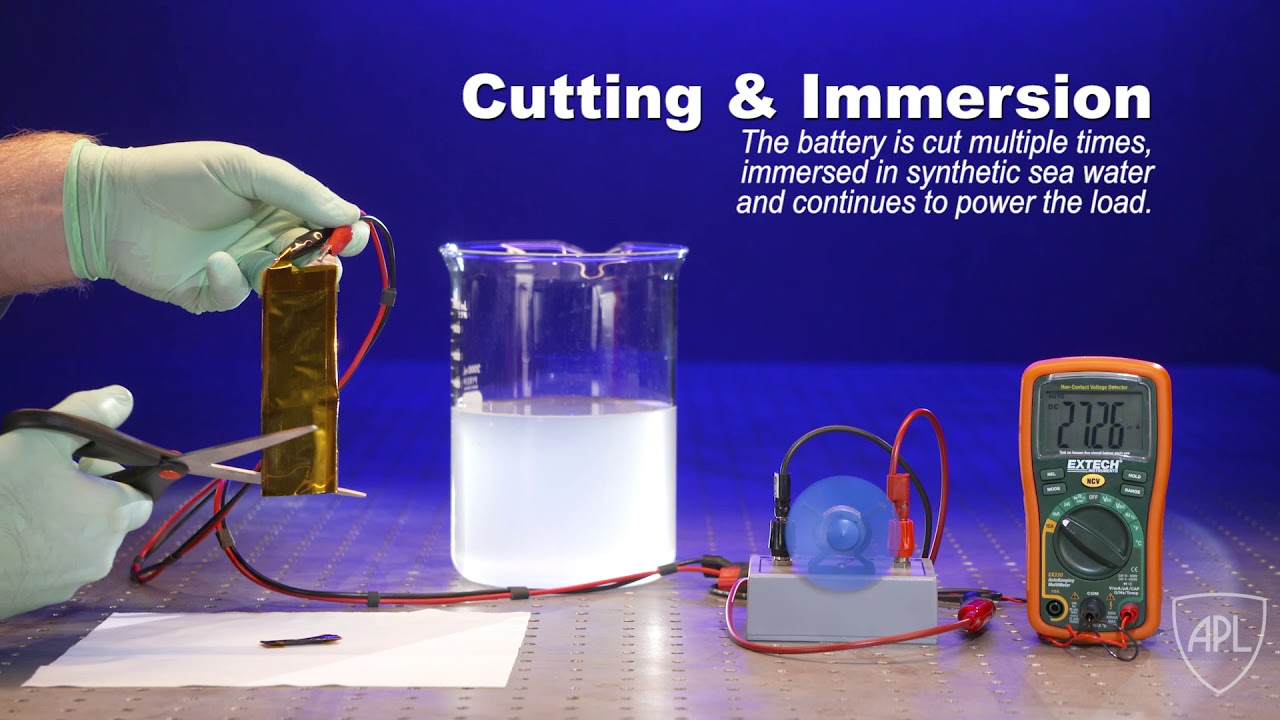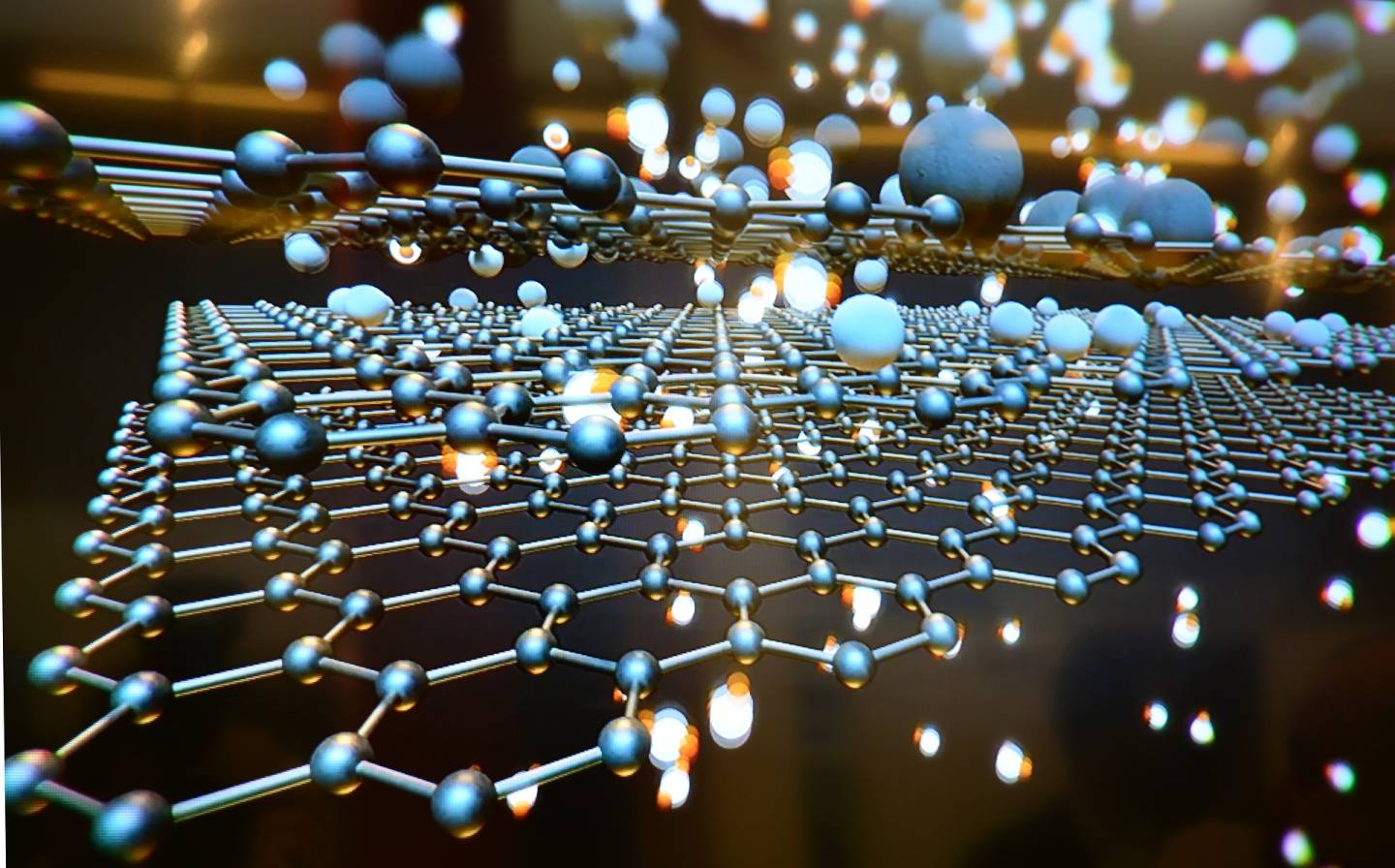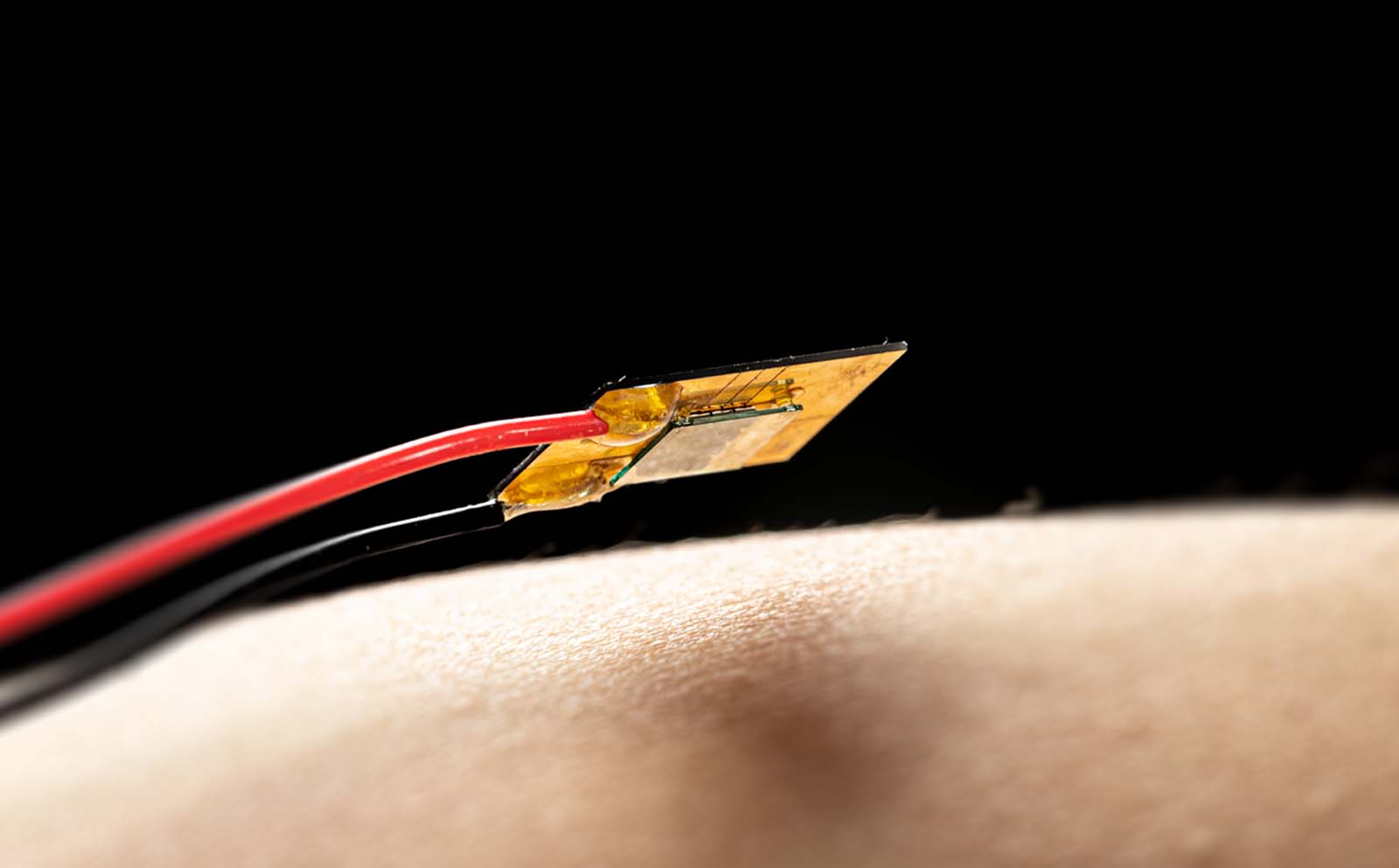
Physics, Electronic Materials, and Devices
Our team develops novel capabilities and solves critical challenges in a wide range of scientific fields, including electronics and photonics, sensors and imaging, signature and survivability, power and energy, and devices and integrated systems.
Program Manager: Jeffrey Maranchi
Assistant Program Manager: Konstantinos Gerasopoulos
Assistant Program Manager: David Shrekenhamer
Focus Areas
Electronics, Photonics, Sensors, and Imaging
![]()
Manipulating and leveraging the electromagnetic spectrum to enable unique capabilities in communications and sensing
We design, model, and fabricate novel electromagnetic, phase change, and quantum materials and devices used for next-generation communications and sensing applications. We combine fundamental physics with advanced material synthesis and micro- and nanofabrication techniques to develop revolutionary solutions with improved cost, size, weight, and power characteristics for radio frequency/micro/millimeter-wave electronics, antennas, radar systems, electro-optical/infrared sensors, optical communications, and reconfigurable intelligent surfaces.
Signature and Survivability
![]()
Developing advanced materials, devices, and modeling techniques
We leverage our advanced materials and device solutions with modeling and simulation tools to better predict, characterize, and optimize signatures for sponsor-defined applications. We also create novel material coatings and electromagnetic structures to counter directed energy weapons and for protection against electronic warfare systems.
Power and Energy
![]()
Harvesting and storing energy for advanced expeditionary and resilient power solutions
We apply our materials, chemistry, and device fabrication expertise to synthesize and formulate novel battery electrodes and electrolytes and develop safe and robust energy storage devices for harsh environments. We employ our unique thin-film thermoelectric material and device capabilities to provide innovative solutions and enable game-changing advances in thermal management and thermal energy harvesting. We also develop and characterize new fuel-cell catalysts and advanced additive manufacturing techniques for power electronics.
Devices and Integrated Systems
![]()
Designing and prototyping unique hardware solutions for critical warfighter and military systems challenges
We pursue innovations in custom design, fabrication, and integration to realize innovative devices and systems with unprecedented form factors and performance benefits. We develop new fabrication processes for microelectromechanical systems (MEMS) fuzes, printed wiring circuits, and textile systems. We design and build portable power solutions that utilize field-available energy sources, such as the Operational Lightweight Intelligent Thermo Electric (OLITE) power source. We integrate flexible batteries with electronics and sensors to enable low-profile wearable systems for health and human performance.
Research Highlights
- A New Device Let a Man Sense Temperature With His Prosthetic Hand (Science News, February 9, 2024)
- High Emissive Contrast of Adaptive, Thin-Film, Tungsten-Doped VO2 Composites (Applied Physics Letters, August 15, 2023)
- Evoking Natural Thermal Perceptions Using a Thin-Film Thermoelectric Device With High Cooling Power Density and Speed (Nature Biomedical Engineering, July 27, 2023)
- Dual-Resonance Dynamic Metasurface for Independent Magnitude and Phase Modulation(Physical Review Applied, July 5, 2023)
- Explained: How IIT Research May Improve Lithium-Ion Battery Performance (The Indian Express, April 10, 2020)
- Scientists Made a Nearly Invincible Lithium-Ion Battery (Wired, January 10, 2020)
- Gel Polymer Electrolyte Cuts Risk of Battery Fires (Chemistry World, November 11, 2019)
- This Lithium-Ion Battery Won’t Catch Fire (Futurity, October 21, 2019)
- Scientists Develop Safer, More Durable Lithium-Ion Battery That Can Operate Under Extreme Conditions (Tech Xplore, November 16, 2017)
